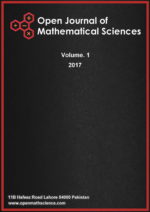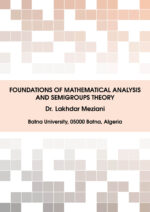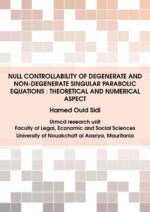Exploring effective iterative methods for nonlinear equations by using variational iteration technique
Abstract:The purpose of this paper is to introduce and evaluate novel iterative methods for approximating solutions to nonlinear equations, which leverage the power of the variational iteration technique. Specifically, we present a comprehensive analysis of the proposed methods and demonstrate their effectiveness through various examples. Moreover, we provide a comparative analysis with other existing methods and conclude that the newly developed methods offer a competitive alternative. Our results highlight the potential of this approach in generating a diverse set of iterative methods for solving nonlinear equations. Therefore, this study contributes to the ongoing efforts to improve the efficiency and accuracy of nonlinear equation solving techniques.









